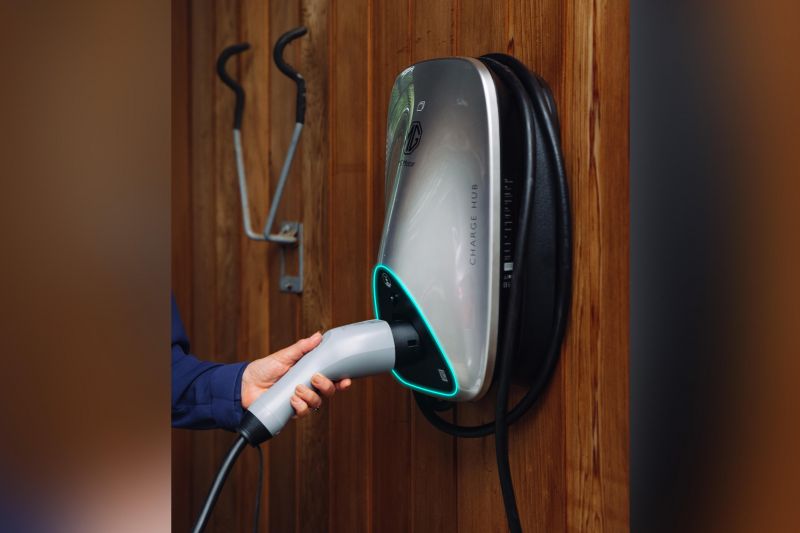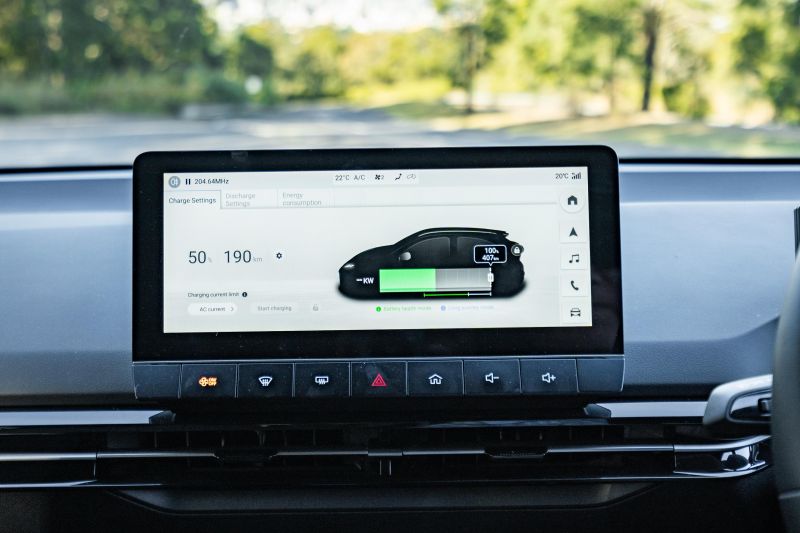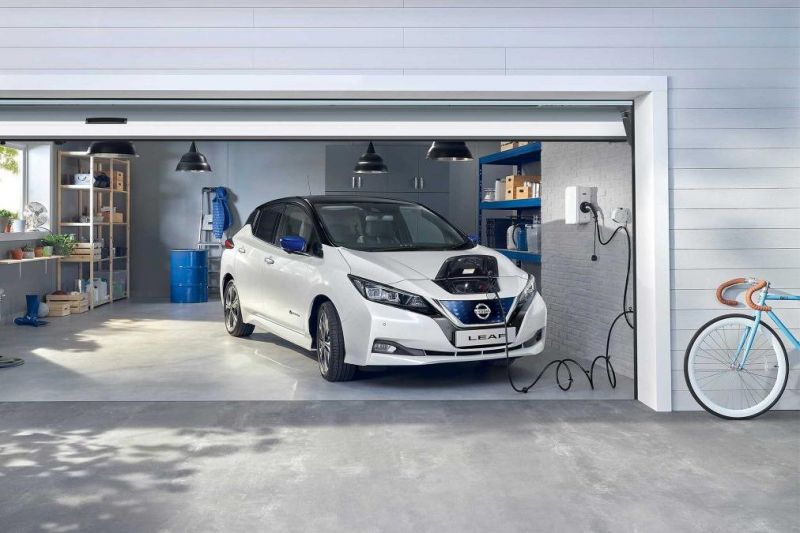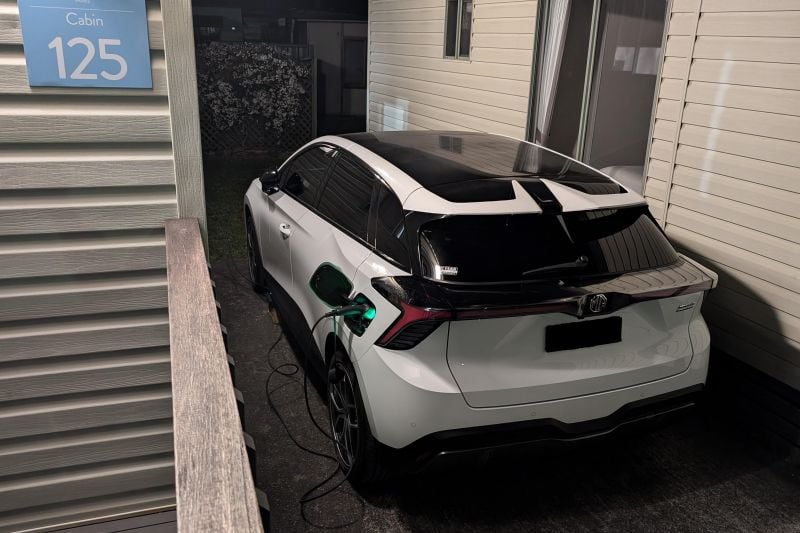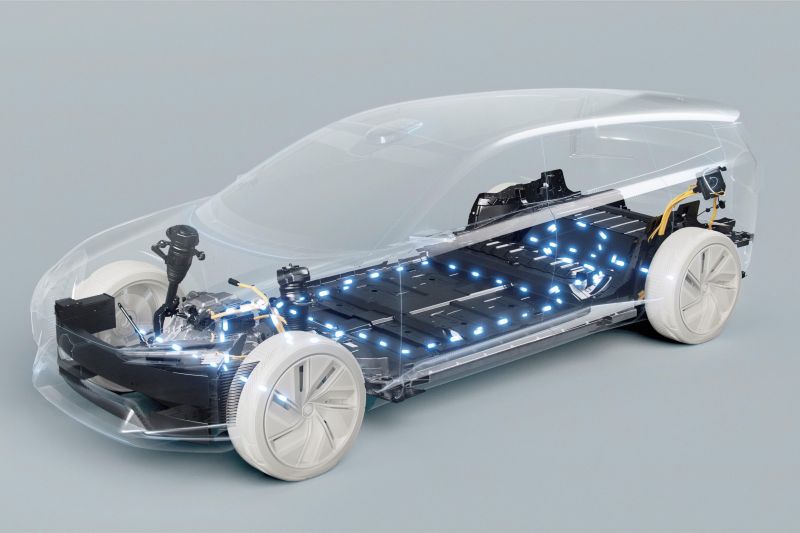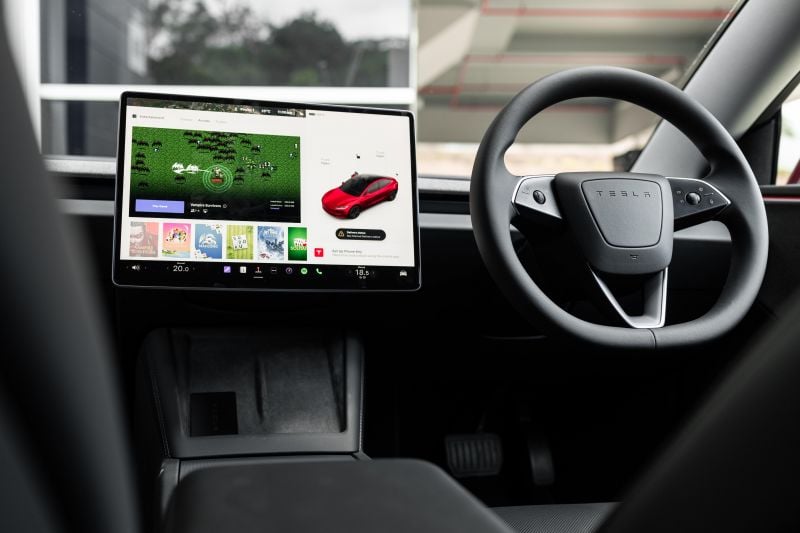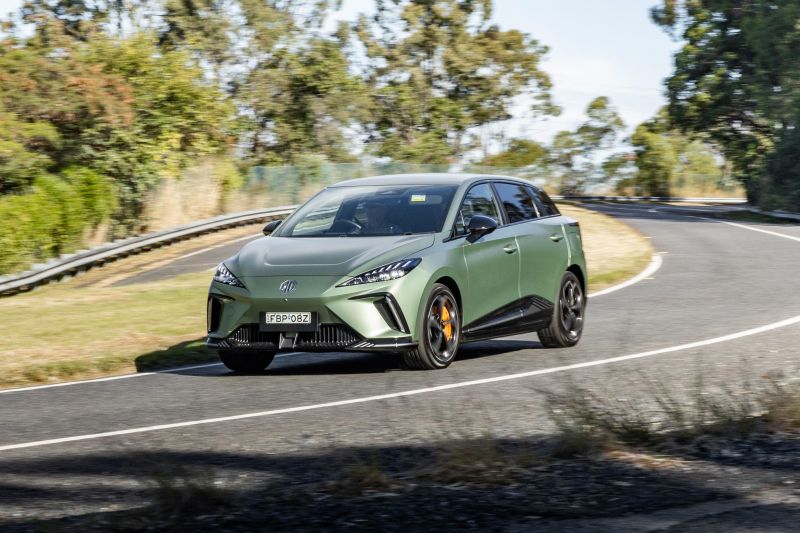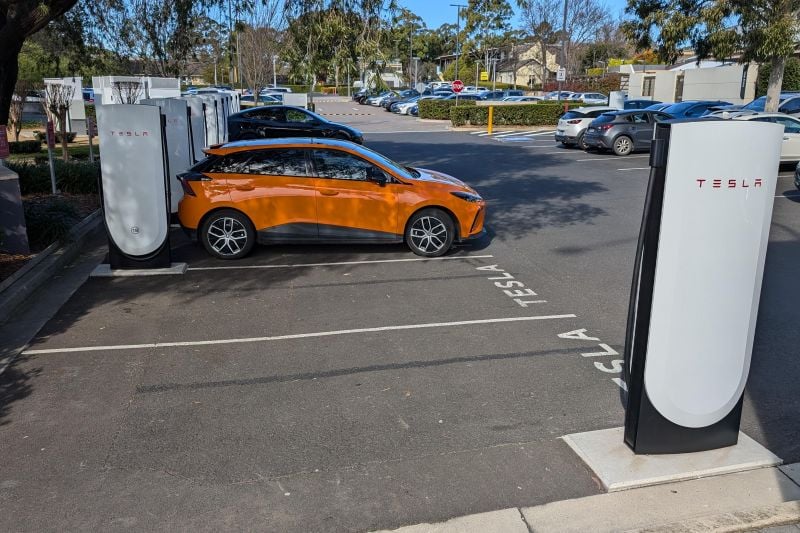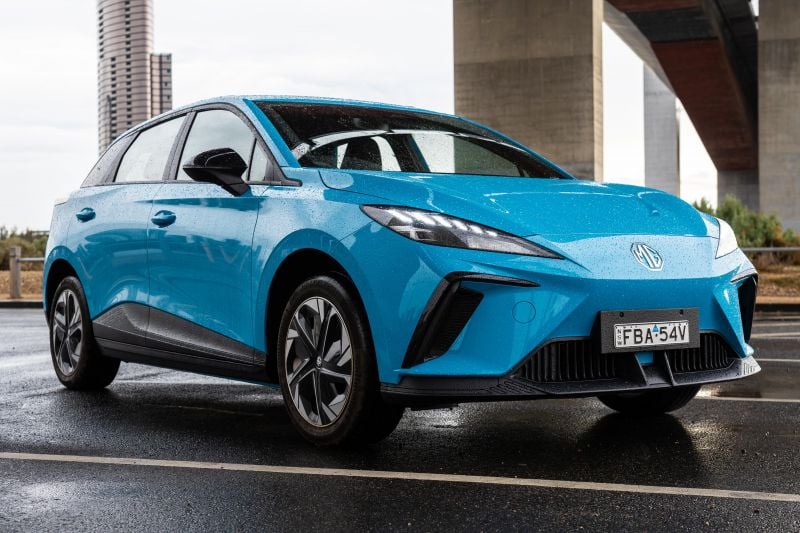Though electrical automobiles (EVs) now make up round 10 per cent of all new automotive gross sales in Australia, many first-time patrons or these involved in an EV discover switching from an inner combustion engine to an EV just a little daunting.
Under, we clarify among the finest charging practices for electrical automobiles.
Know your charging ranges: AC vs DC
EVs assist two kinds of charging, AC (Alternating Present) and DC (Direct Present) charging. Understanding the distinction helps you select the best charger for the state of affairs.
- AC charging (dwelling/office): Sometimes capped at 7kW (single-phase) or 11kW-22kW (three-phase). That is best for in a single day charging or topping up throughout the day when the automotive is parked for lengthy intervals.
- DC fast-charging (public chargers): That is the place you will note producers inform you that their EVs can cost quickly at tremendous excessive speeds. Nevertheless, the truth in Australia is that you’ll battle to search out something greater than a 75kW charger. Automobiles just like the MG 4 assist speeds of as much as 150kW, whereas the Tesla Mannequin 3 will do it at 220kW, and the Chery Omoda E5 will solely stand up to 80kW.
Often utilizing DC fast-charging is handy, particularly on highway journeys, however extreme reliance on ultra-fast charging can contribute to long-term battery degradation. A good stability of slower dwelling charging and occasional fast-charging is good.
In case you have the storage area and energy necessities, putting in an AC charger in your home is one of the simplest ways to stay with an EV. This lets you cost at dwelling when handy, and with reasonably priced EV’s just like the MG 4 providing 450km of vary it will likely be unlikely that you’ll ever want to make use of a public charger exterior of interstate journey.
The Sort 2 AC connecter is customary throughout trendy EVs, and plenty of producers supply a house wall connecter as a part of your EV buy, typically at extra price. Items vary from about $750 for the universally suitable Tesla’s third-generation wall connector to the MG cost hub at round $1299. Set up can vary from round $1000 to $2000 relying on energy necessities and distance of the charging unit from the electrical circuitry.
The value disparity is centred round extra performance supplied by the costlier chargers, reminiscent of the power to connect with your electrical energy supplier and begin charging when electrical energy prices drop beneath sure factors.
Most EVs additionally include a transportable charging cable that may recharge the car at speeds of round 2.4kW from any customary wall socket, which is good in emergencies or if putting in a sooner AC charger at dwelling isn’t an possibility.
For people who journey lower than 100km a day, utilizing a typical energy level for charging at dwelling in a single day is a viable possibility, nevertheless, we do advocate budgeting for a correct wall-mounted charging unit.
Don’t at all times cost to 100 per cent
One of the essential finest practices for EV battery longevity is to keep away from retaining the battery at 100 per cent cost for prolonged intervals. Lithium-ion batteries, which energy most EVs, together with common fashions just like the Tesla Mannequin Y, Mannequin 3, and MG 4, degrade sooner when held at excessive expenses.
Supreme charging vary
- Every day driving: Intention to maintain the battery between 20 and 80 per cent.
- Lengthy highway journeys: Charging to 100 per cent simply earlier than departing is ok, however keep away from leaving the automotive at full cost for extended intervals.
Most EVs have built-in software program to assist handle battery well being, together with the power to set a most cost restrict within the car’s infotainment system – a useful function for preserving long-term battery efficiency.
Cost when handy – not simply when empty
Not like petrol vehicles which can be typically crammed when almost empty, EVs are finest charged when not near empty. In actual fact, often letting the battery drop beneath 10 per cent may cause pointless stress on the battery cells. It’s higher to high up opportunistically, particularly when you have entry to low-cost charging at dwelling, at work, or at buying centres.
The very best apply can be to plug in when the battery is round 20-30 per cent and unplug at 80 per cent for the very best stability of comfort and battery care. With the MG 4’s vary, you gained’t have to cost day by day, however establishing an everyday behavior retains the battery in its optimum vary.
Handle charging velocity
Some automobiles will cost at 22kW on AC, whereas the bulk will do it at between 7-11kW. If you happen to don’t have three-phase energy, utilizing a single-phase charger at 7kW will simply recharge a base Tesla Mannequin 3’s 60kW battery from useless to 100 per cent in 8.5 hours whereas the MG 4’s 64kW battery will take about 9 hours.
Why slower charging helps
Slower charging reduces warmth build-up, which is a recognized contributor to battery degradation. At dwelling, this isn’t simply higher in your battery – it’s additionally extra cost-effective, particularly when you can cost utilizing off-peak electrical energy charges.
Make the most of scheduled charging
Whether or not you schedule your charger or the car itself, charging administration programs lets you schedule charging occasions, which is ideal for aligning with off-peak tariffs in case your electrical energy supplier affords them. Many states in Australia, together with Victoria and New South Wales, have launched EV-specific tariffs that present cheaper electrical energy throughout in a single day hours.
For instance, when you sometimes arrive dwelling at 6:00pm however off-peak charges don’t kick in till 11:00pm, you possibly can set your EV to delay charging till these decrease charges apply – saving cash whereas defending the battery from pointless charging cycles.
Temperature issues
EV batteries carry out finest inside a sure temperature vary – often between 15 to 30 levels Celsius. Excessive warmth or chilly can speed up battery put on and scale back charging effectivity.
Given Australia’s scorching local weather, parking within the shade or a storage, particularly throughout summer time, helps defend your EV’s battery from extreme warmth publicity. When fast-charging in scorching climate, the automotive’s thermal administration system will work tougher to chill the battery – nevertheless it’s nonetheless higher to keep away from charging in excessive warmth the place potential.
Software program updates and battery conditioning
Whether or not its Tesla, MG or every other EV model, most producers often releases over-the-air software program updates, a few of which enhance battery administration algorithms and charging effectivity. Maintaining your EV’s software program updated ensures you profit from the newest enhancements.
Tesla lead the innovation on pre-conditioing mode in your battery and whereas some European producers don’t supply that functionality, the likes of MG, BYD and Chery options battery pre-conditioning, which warms or cools the battery earlier than charging to optimise charging speeds and scale back put on, particularly in colder climates.
Use regenerative braking properly
Whereas not strictly associated to charging, regenerative braking helps lengthen your EV’s vary by recovering power throughout braking. Many EVs mean you can regulate the extent of regen by means of the infotainment system, letting you select from mild to extra aggressive regeneration.
Plan charging stops on highway journeys
Though most EVs are able to at the very least 400km of driving vary – making the weekly cost at dwelling a really handy possibility – homeowners have to plan lengthy highway journeys extra diligently. Planning charging stops forward of time can keep away from pointless stress. Apps like PlugShare or Chargefox assist find suitable chargers, test availability, and see real-time pricing.
When planning journeys, intention for charging stops earlier than reaching 10 per cent battery. This supplies a buffer in case of charger points or detours, retaining your highway journey easy and stress-free.
Why sensible charging equals longer EV life
There at the moment are loads of nice EV choices out there, starting from the favored Tesla Mannequin 3 and Mannequin Y to the tremendous reasonably priced and 10-year warranted MG 4. There may be even the $1,000,000 Rolls Royce Spectre.
From selecting the best charger and managing charging velocity to balancing state of cost and benefiting from scheduled charging, these finest practices assist guarantee your EV stays dependable, environment friendly, and prepared for the highway – whether or not commuting, highway tripping, or simply heading all the way down to the native outlets.
With Australia’s public charging community increasing and residential charging turning into simpler than ever, adopting these habits now will arrange EV homeowners – and their automobiles – for long-term success.


